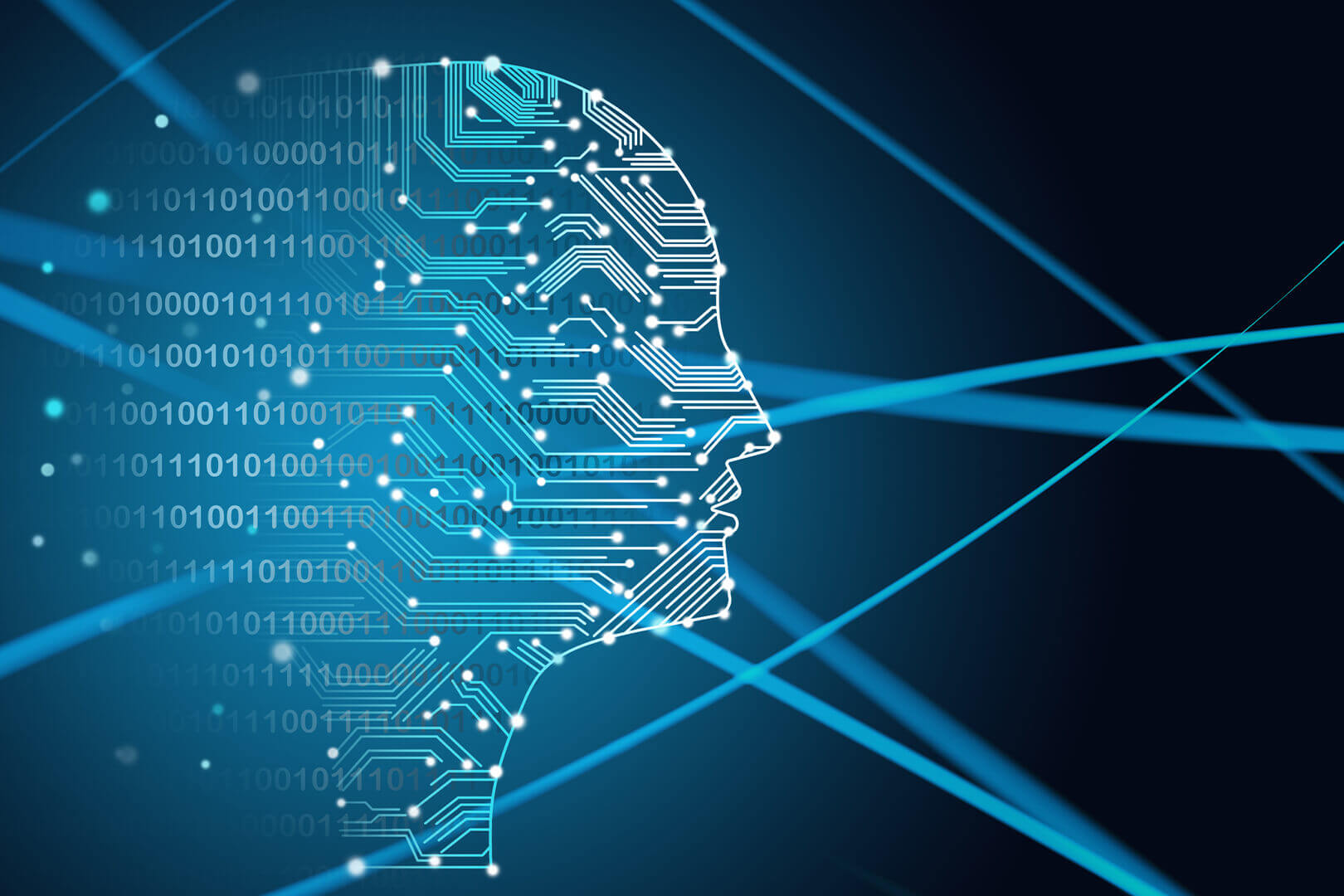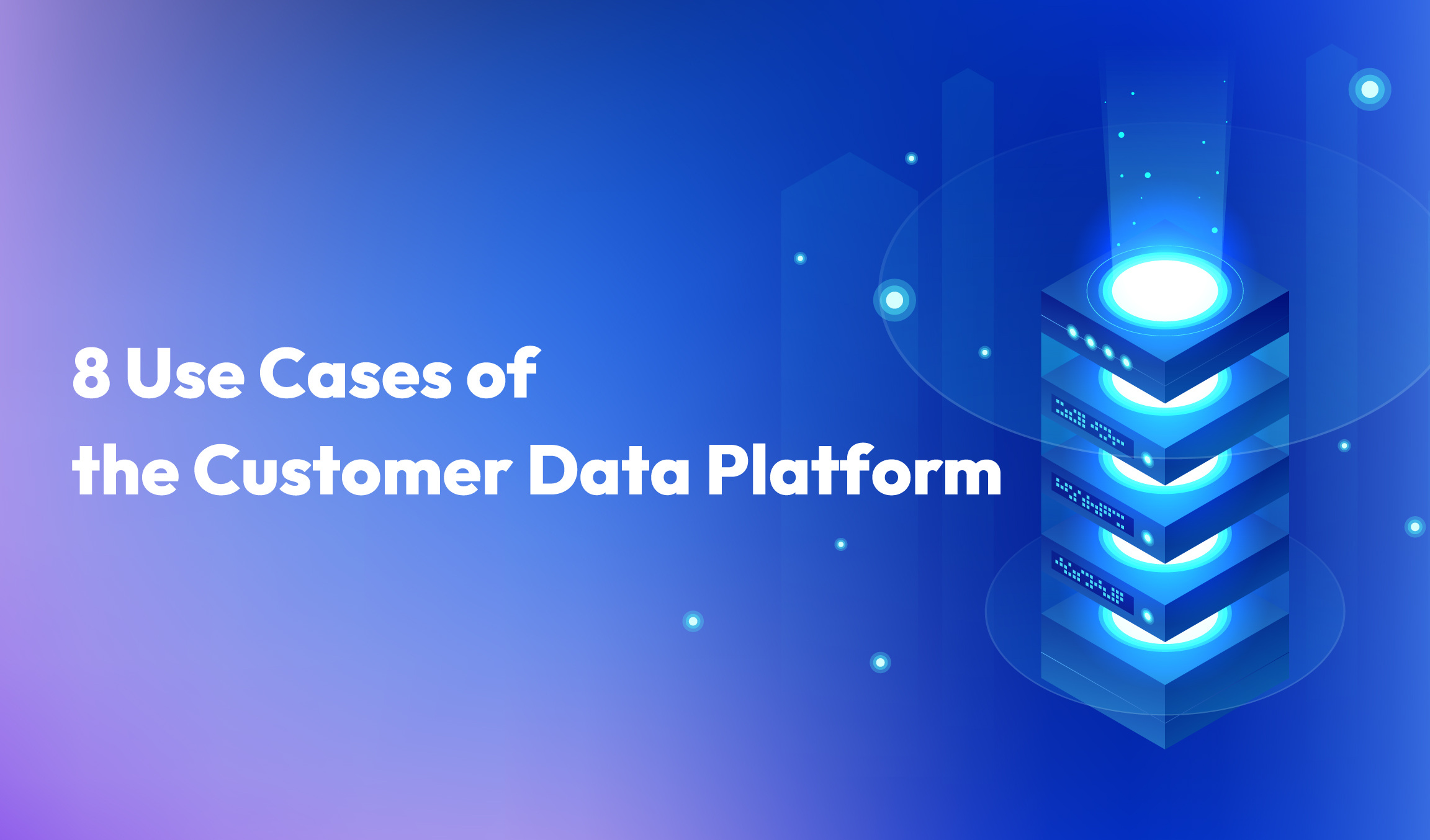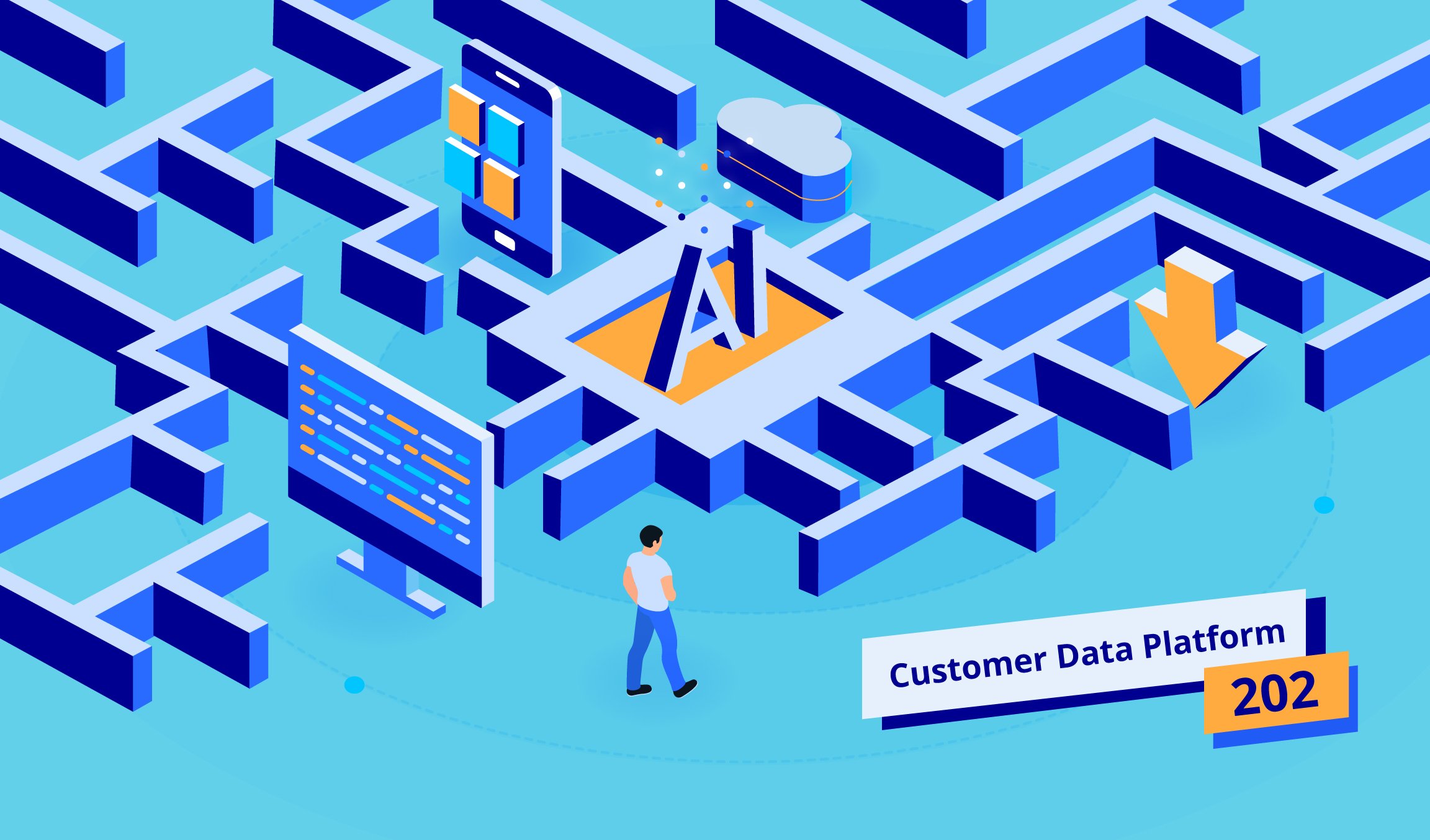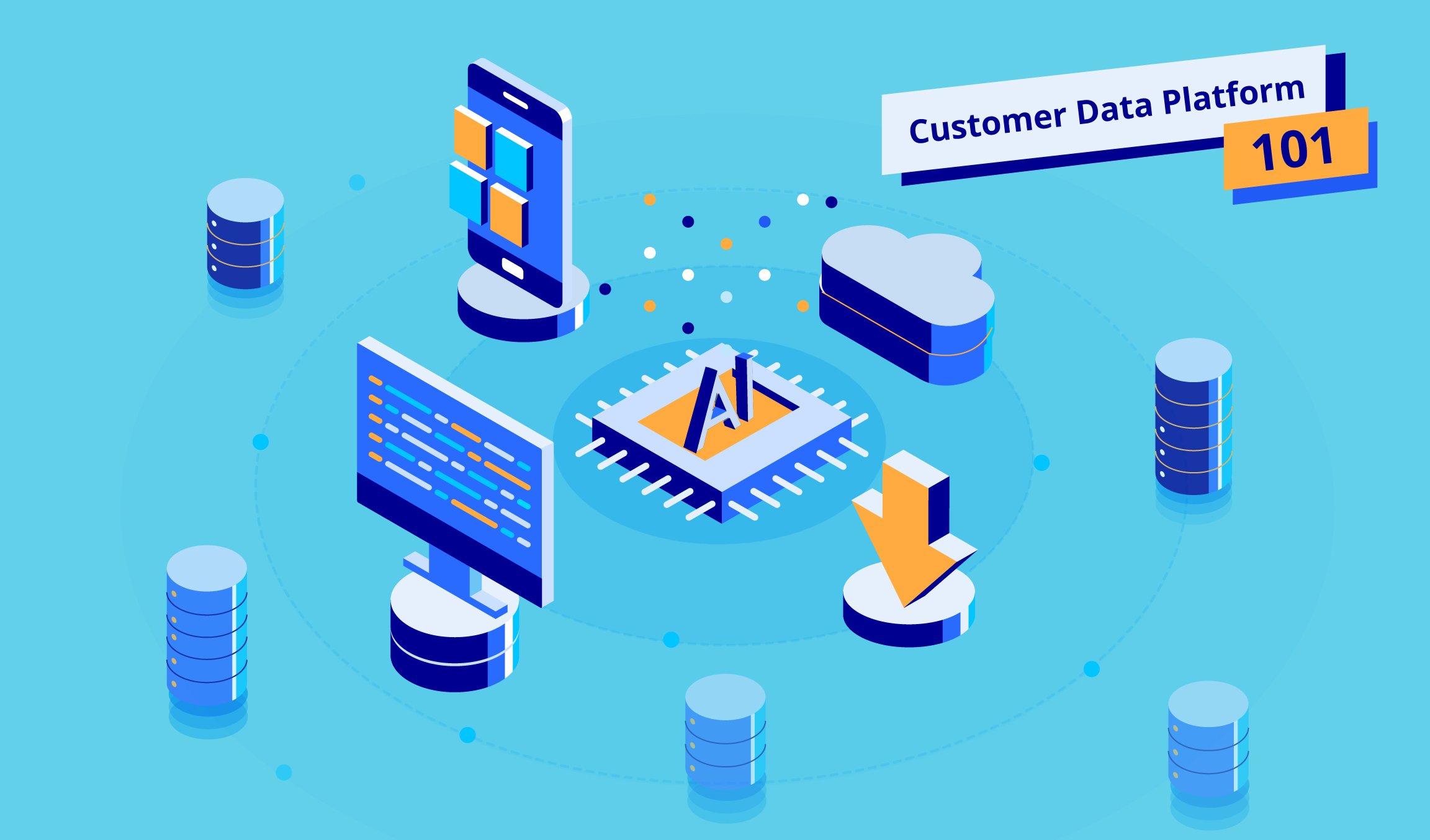4 min read
AI models can make decisions and predictions quicker than any human operator. In order to do so, they have to first learn from data – they can do this through either supervised or unsupervised learning.
What Is Unsupervised Learning?
Unsupervised learning is a machine learning technique in which the AI needs to find patterns and correlations from a set of inputs without being given outputs to the learning algorithm. For example, when trying to define a target market for a new product type.
Unsupervised learning is used when the outputs are unknown or unavailable, either because of scarcity of data, or because training data is too expensive to collect.
Think of AI like a child. Supervised learning would involve teaching the child something we as humans already know, like colors, numbers or vocabulary. Whereas unsupervised learning leaves the child free to solve problems and find inferences by himself, for example by letting him pursue imaginative play or creative activities like writing and drawing.
Compared to supervised learning, unsupervised learning:
- deals with unlabeled data
- enables users perform more complex processing tasks
- is more unpredictable
- can be used to discover the underlying structure of the data
- happens in real time
Common Types of Unsupervised Learning Algorithms
Clustering
Clustering algorithms can help find structures or patterns out of uncategorized data. If you had a child’s ball pit as your raw data, a clustering algorithm would be able to sort all the blue balls into one cluster (or group), the red into another, and so on.
You can modify how many clusters your algorithm will identify, and that will help you control the granularity of these groups.
There is a downside to clustering though – it can overestimate the similarity between groups, and doesn’t treat each data point as an individual. For example, the red balls in the ball pit may be of wildly different sizes, but the algorithm would class them all as the same. So, you need to exercise caution if using cluster algorithms for applications like customer segmentation and targeting, which need to focus on the individuality of each data point.
Anomaly detection
This will automatically detect anomalies (i.e. outliers) in your dataset, and bring them to your attention. It is helpful in discovering fraudulent transactions, hardware faults, or erroneous data points resulting from human error.
Latent variable models
If your data is enormously complex, it can be a bit daunting. Simplifying it by removing ‘noisy’ data can make it more approachable, and help you make sense of it. Latent variable models can help in the preprocessing stage, by reducing the number of features in a dataset (known as dimensionality reduction), or breaking up the dataset into multiple components.
Using Unsupervised Learning in Marketing
1. Customer prediction
People’s behavior is largely unpredictable – as a marketer, you are mostly finding your way in the dark. However, unsupervised learning can be a huge help by filling in the blanks when you have incomplete data sets. For example, one page of your website may have both a high bounce rate and conversion rate. Unsupervised learning can help you figure out why this page is proving so divisive for customers: by analyzing the data and discovering hidden stats and knowledge within it – rather than relying on one correct answer you are training the algorithm to find. Unsupervised learning can unearth trends within the data that will shed light on what is causing customers to behave in such unusual ways.
2. Customer segmentation
Unsupervised learning is often used to create customer segments, dividing your audience into different tiers so you can prioritize targeting more valuable customers. You can segment customers based on four types of factors:
- Demographic (age, gender)
- Geographic (where they are located)
- Psychographic (attitudes, aspirations)
- Behavioral traits (what they do on your site, and what their external interests are)
Leveraging unsupervised models can help you segment your customer base using metrics like lifetime value or probability of conversion. Once you have identified these segments, you can prioritize accordingly depending on your business goals.
3. Finding lookalike audiences
An unsupervised AI model can also be used to find prospects very similar to high-value customers that a business already has. For example, a skincare brand can leverage data collected on all customers who purchased a serum or registered to receive a sample. Using an unsupervised model, it will be able to determine another set of customers who are very similar to those already known, in order to target them with relevant marketing materials.
With the kind of deep insights on these customers’ habits, behaviors and inclinations generated by AI, marketers can create highly personalized and targeted advertisements that are more compelling to this customer base, drastically increasing the chances of success.
* Want to learn more about how AI learns to make predictions and decisions through unsupervised learning, and how it can be applied in advertising? Download our white paper ‘ From Supervised to Unsupervised Learning: How AI Is Reshaping Advertising ’ for more insights. Still got a question? Contact our team today for more information!



